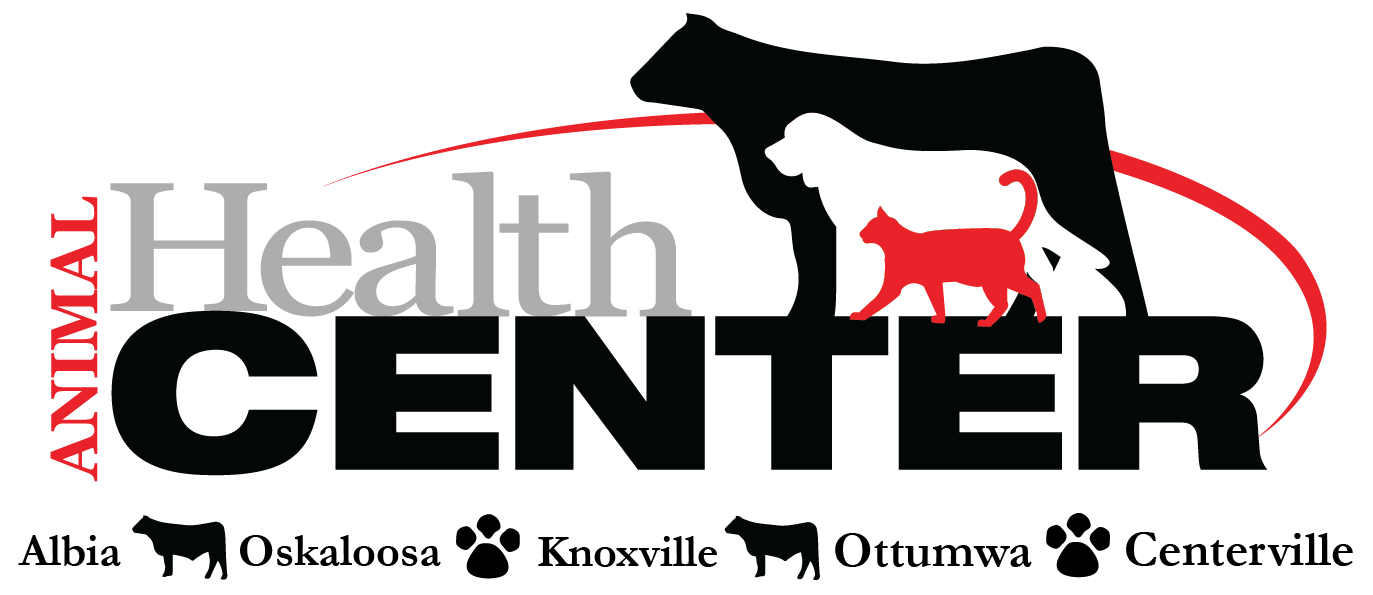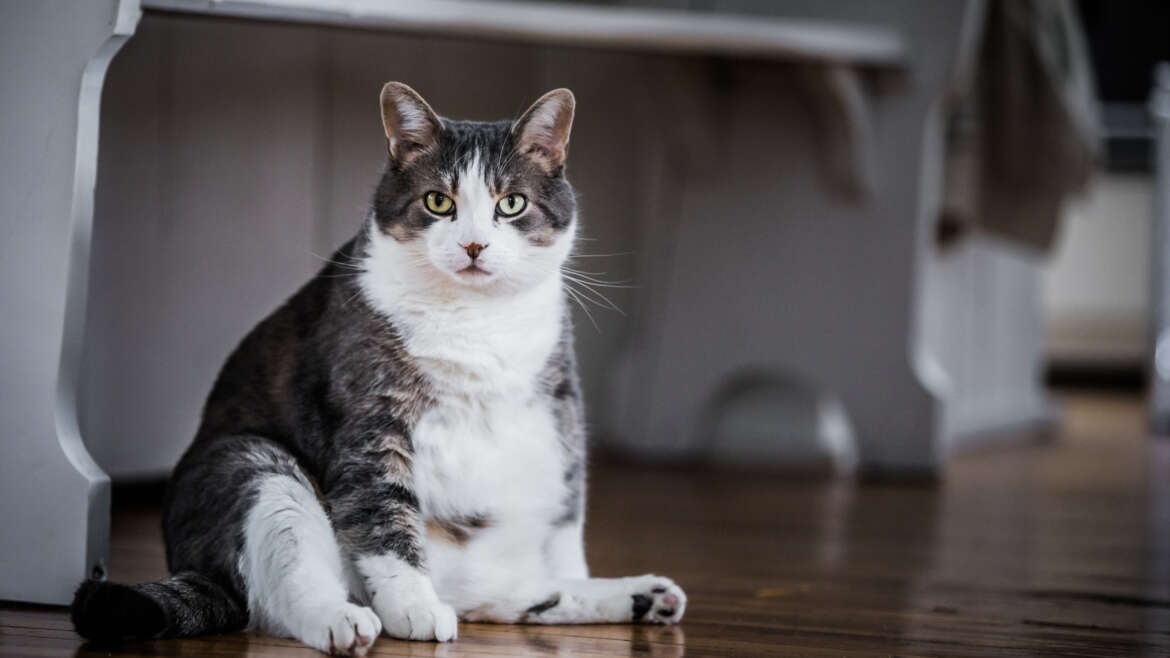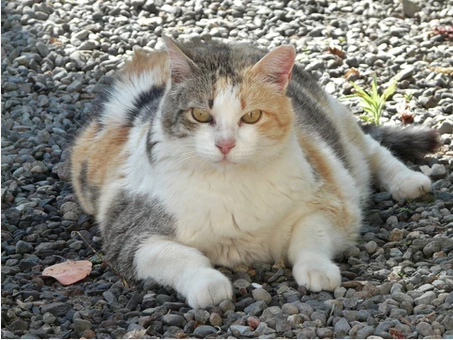As pet owners, we strive to provide the best care for our furry companions, ensuring their health and happiness. However, one often underestimated and overlooked issue in the pet world is obesity. Just like in humans, excess weight can have detrimental effects on our pets’ well-being. In this thought-provoking blog post, we will shed light on the warning signs of pet obesity, unveiling the hidden burden that may be affecting our beloved animals.
Uncontrolled Weight Gain:
One of the most obvious signs of pet obesity is uncontrolled weight gain. If you notice your pet consistently putting on extra pounds despite a balanced diet and regular exercise, it may be an indication of obesity. Regular monitoring of their weight and body condition score is essential to catch any alarming changes.
Difficulty Feeling Ribs and Backbone:
During a gentle touch or petting, you should be able to feel your pet’s ribs and backbone without applying much pressure. If your hands encounter a thick layer of fat instead, it may suggest that your pet is carrying excess weight. Losing touch with these bony structures is a clear warning sign of obesity.
Loss of Waistline:
Pets with a healthy body condition should have a visible waistline when viewed from above and from the side. If your pet’s body appears rounded or lacks a distinct waistline, it may be an indication of excessive body fat. The loss of a waistline is often associated with weight gain and can contribute to mobility issues and other health problems.
Difficulty Engaging in Physical Activity:
Obese pets often struggle with physical activity and become less willing or able to engage in exercise. If you notice that your once-active pet is now reluctant to play, walk, or participate in regular activities, it may be due to the physical strain caused by excess weight. Limited mobility and stamina are significant warning signs that obesity is affecting your pet’s quality of life.
Labored Breathing and Panting:
Excess weight puts added strain on your pet’s respiratory system, leading to labored breathing and excessive panting, even with minimal physical exertion. If you notice that your pet is frequently out of breath or panting excessively after short walks or mild play, it may be a sign that obesity is compromising their respiratory function.
Increased Risk of Health Issues:
Obesity in pets is linked to numerous health problems, including diabetes, heart disease, joint issues, and a reduced immune system. If your pet is experiencing any of these conditions or if your veterinarian has expressed concern about their weight, it is crucial to address the underlying cause—obesity.
Recognizing the warning signs of pet obesity is the first step towards ensuring the health and well-being of our furry companions. Uncontrolled weight gain, difficulty feeling ribs and backbone, loss of waistline, limited physical activity, labored breathing, and an increased risk of health issues all serve as red flags indicating the presence of obesity. It is essential for pet owners to be vigilant, closely monitor their pet’s weight and body condition, and seek guidance from a veterinarian for proper nutrition and exercise recommendations. By taking proactive measures, we can help our pets maintain a healthy weight and improve their overall quality of life. Let’s unmask the hidden burden of pet obesity and ensure our furry friends thrive in optimal health and happiness.



